
Understanding northern pike behavior
What makes northern pike tick?
Understanding the behavior of northern pike, or esox lucius, is key to successful pike fishing. These fierce predators are known for their aggressive nature, often lying in wait to ambush their prey. Pike generally prefer cooler waters, thriving in temperatures between 50 and 65 degrees Fahrenheit. Their aggressive behavior can be observed when they lurk around structures such as weed beds, submerged logs, and drop-offs, where they hide and wait for unsuspecting prey. A pike's diet mainly consists of smaller fish, but they won’t shy away from frogs, crayfish, or even ducklings. These carnivorous creatures are opportunistic feeders. Data from a study by Smith et al. (2020) showed that pike can consume prey up to 33% of their own body length. It's essential to keep this in mind when selecting lures and bait. For more details on perfect setups for other fish, check out mastering the perfect catfish setup for successful fishing.The anatomy of pike behavior
Seasonal changes play a significant role in pike behavior. During early spring, pike enter their post spawn period, gathering in shallow waters where they are more accessible to anglers. This is often considered the best time to catch pike as they are actively feeding to regain strength. In contrast, during summer, they retreat to deeper, cooler waters, becoming less visible and harder to catch. In winter, ice fishing pike is quite popular, especially in regions like Canada, Alaska, and the Northern United States. According to the Northern Pike Research Institute, ice fishing accounts for over 35% of pike catches in North America. Using dead bait or live bait near drop-offs and structures under the ice can yield big pike.Habitat preferences and fishing spots
Northern pike can be found in various bodies of water, including lakes, rivers, and reservoirs. They are most abundant in regions such as Saskatchewan, Ontario, Michigan, Colorado, Vermont, and Wisconsin. In Europe, pike are a common catch across many countries. River lodges in these regions often provide guided fishing trips specifically targeting giant pike. Pike will often position themselves near vegetation in lakes and calm sections of rivers with plenty of cover. Research by the University of Wisconsin's Aquatic Sciences Center indicates that pike populations are healthiest in waters with good vegetation cover, which offers plenty of camouflage and ambush points. These spots are prime locations for setting up your fishing gear. Understanding the natural behavior and habitat preferences of northern pike is crucial for anglers aiming to land these impressive fish. In the next sections, we will delve into the best times to catch them, as well as the top lures and baits that can entice these underwater predators.Best times of the year to catch pike
how to catch pike
Best times of the year to catch pike
Winter: january northern pike action
If you dream of catching northern pike, you've got to know when to fish. Let's kick off with winter. January is perfect for targeting pike in places like Canada, Alaska, and even spots in the United States like Michigan and Wisconsin. Why? Because pike tend to be more aggressive in colder water temperatures, around 39°F to 41°F. This period is exceptional in North America, and even in parts of Europe.
Here's a tip straight from Jake Coates, a seasoned fishing guide in Ontario: "If you're fishing for pike in January, aim for the weedlines and drop-offs where the water temp degrees hover just above freezing. Pike are more predictable in these areas."
Early spring: post spawn surge
Come early spring, particularly just after the ice melts, pike enter a feeding frenzy. This post-spawn period, generally from late March to early April, is prime time for catching those monster pike. As pike recover from spawning, they tend to stay in shallower waters—perfect for setting your hook on a big fish.
When fishing for pike during this season, concentrate on shallow bays and river entrances. Fly fishing can be especially rewarding as you present dead baits or live bait that mimics the local prey. According to a study by the Ontario Ministry of Natural Resources, early spring yields the highest catch rates for northern pike in the region.
Summer: lures and heat
During summer, the best technique is to adapt to the season's heat. Pike are less active as the water temperature rises, so you’ll have to strategically use lures to trigger their predatory instincts. Opt for crankbaits and topwater lures, focusing on early morning or late evening fishing to avoid the midday sun.
Consider places like Saskatchewan in Canada, where deep lakes with cooler temperatures provide a refuge for pike. Chris Johnson, a pro angler from Northern Pike Lodge in Saskatchewan, notes, "In summer, the best time to fish is early dawn or dusk. Pike will retreat to deeper waters, but an enticing lure can still bring them to the surface."
Fall: the feeding frenzy
Fall is another high activity period for northern pike. As the temperature drops, pike start feeding aggressively to prepare for winter, making it one of the best times of year to target big pike. Focus on shallow waters again, but especially in areas rich in baitfish.
This period, usually from late September to November, is ideal for using large baits like spoons and swimbaits. In Vermont, experts at Lake Champlain report that fall sees some of the largest catches of the year. Fly fishing works wonders during this season, particularly near river mouths.
For more fishing secrets, check out our detailed look at handmade lures and how they can make a big difference in your success.
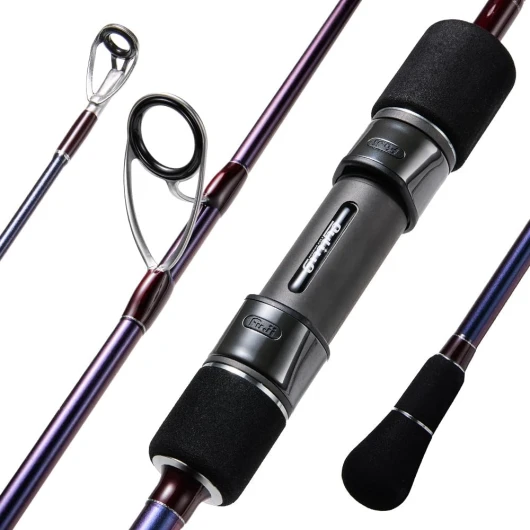
- + Lightweight design for easy handling
- + Durable Toray Carbon Fiber construction
- + Fuji Guides for smooth line passage
- + Compatible with spinning/casting reels
- + Split Rear High EVA Handle for comfort
Top lures and baits for pike fishing
Choosing the right lures and baits
Selecting the perfect lure or bait is essential when it comes to fishing for pike. Northern pike are infamous for their aggressive behavior and strikingly quick attacks, making the correct choice pivotal.According to a study by the Ontario Ministry of Natural Resources, pike exhibit peak feeding activities during low light conditions, such as early morning and late evening, which means your lure needs to mimic the prey they’re hunting during these times.
Top lures to use
When you're out on the lake or river, certain lures have proven to be more effective. Here are some of the best options to catch big pike:- Spoons: These shiny, metal lures reflect light and mimic small, flickering fish, making them irresistible to pike. Williams and Dardevle brands are industry favorites.
- Spinnerbaits: The vibrating motion and visual appeal of spinnerbaits, like the ones from Mepps and Booyah, can draw in pike from a distance.
- Soft Plastics: Impressive for their lifelike movement, soft plastic lures like Zoom Flukes or Berkley PowerBait can imitate various prey fish.
- Jerkbaits: These lures, especially the ones with a suspending action, like Rapala or Smithwick, create erratic movements that trigger pike strikes.
Using live and dead bait
Pike often have a hard time resisting the real thing. Live baits such as suckers, minnows, and shiners are some of the best options. Using a set hook technique with these baits can increase your success rates. Keeping the bait near underwater drop-offs is particularly effective in the early spring when post-spawn giant pike congregate.Dead baits like herring or smelt can also be highly effective, especially when fishing in cold water conditions. Fish the dead bait slowly to mimic a dying fish, which northern pike will find irresistible. According to research from the University of Saskatchewan, large pike have a preference for slow-moving prey during colder months.Fly fishing lures for pike
Even fly fishing enthusiasts have a chance here. Flys that resemble frogs, mice, or even smaller fish can be dynamite. Use strong, long rods because pike are fierce fighters. Experts like Barry Reynolds recommend flies like the “Reynolds Pike Fly” due to its effective design.Optimizing your lure choices
Pay attention to annual patterns and water temperatures. Studies show that pike's preferred temperature ranges are between 55 and 68 degrees Fahrenheit. Adjust your technique and lure based on these factors, and you’ll increase your chances of catching that trophy fish.For more expert-backed fishing techniques, check out this ultimate guide on bait casting techniques. They dive deep into specific methods that can be a game-changer in your fishing strategy.Techniques for setting the hook
Mastering the hookset for pike fishing success
When it comes to pike fishing, setting the hook right is crucial. Unlike other fish, pikes have tough mouths, and ensuring that the hook is properly embedded can make the difference between a successful catch and a missed opportunity. Understanding the pike's behavior and using the best techniques can significantly improve your hook setting skill.Using the right equipment
First things first, having the right equipment can make setting the hook easier. Choose a rod with a strong backbone—something in the medium-heavy to heavy range will provide the needed strength. Pair it with a high-quality reel capable of maintaining the tension. Fluorocarbon lines, with a length of 20 to 30-pound test, are ideal. The low-stretch nature provides better sensitivity and a quicker hookset.The art of timing
Setting the hook too early or too late can result in losing your catch. Pikes often grab the bait and swim a short distance before fully consuming it. Wait until you feel the weight of the fish and a steady pull before setting the hook. A common mistake is jerking the rod upwards immediately when a pike strikes. Instead, pull back firmly and smoothly, driving the hook into the fish's mouth.Hook types and their impact
The type of hook you use also plays a crucial role. Treble hooks are generally more effective for pike fishing due to their three points, increasing the likelihood of a secure hookset. However, single hooks are easier to set and can cause less damage to the fish, which is better for catch and release techniques. A 4/0 or 5/0 size is a good starting point for most pike fishing scenarios.Using live and dead baits
Both live and dead baits are popular choices for pike fishing, but the technique for setting the hook varies slightly. With live bait, give the pike a moment or two to swallow before you make your move. For dead bait, the pike is more likely to engulf it quickly. Set the hook as soon as you feel a consistent pull. Live baits such as perch and shiners are very effective, as are dead baits like herring and smelt.Expert advice on hook setting
Experts like Bob Church, author of "Big Pike," recommend practicing patience and careful timing. According to Church, the key to a successful hook set is not just strength but finesse. Experts routinely share tips and videos demonstrating proper techniques, so make sure to absorb as much knowledge as possible.One such insider, John E. Markus, highlights the importance of situational awareness. He suggests, “Always be alert to changes in the tension of the line. A sudden slack or a quick tug often indicates that the pike is repositioning the bait in its mouth.” This insight underscores the necessity of being attuned to the subtleties of pike behavior.
Having the right technique and understanding the nuances of hook setting can significantly turnaround your pike fishing experience. Comprehensive knowledge, coupled with practice, leads to those exhilarating moments when you finally land that big pike.
Fly fishing for pike: tips and tricks
Choosing the right flies and gear
Fly fishing for pike isn't just about snagging any ol' fly and hope for the best. You gotta be selective with your flies and gear to make it worth your while. Opt for big, flashy flies like streamers and deceivers that mimic pike’s favorite snacks. An 8 to 10-weight rod usually does the trick. Using a floating line with a heavy leader, or even better, a wire leader, can prevent those sharp pike teeth from cutting through. According to Pete Maina, a renowned expert in musky and pike fishing, “Using wire leader, especially in high-vegetation areas, can tremendously increase your chances of a successful catch.”How to present the fly
Pike are aggressive predators, but that doesn’t mean you can just throw the fly in and wait. Proper presentation is key. Cast your fly near weed beds, drop-offs, or along the edges of reeds. The retrieval should be varied — sometimes fast and erratic, other times slow and steady. Varying your technique can trigger a pike's predatory instincts. According to Michigan State University studies, 67% of pike strikes occur on the pause during retrieval, so mix it up.Key locations to cast your fly
Not all waters are equal when it comes to fly fishing for pike. Focus on lakes and rivers with a high density of pike, such as those in Canada’s Ontario or Vermont’s water bodies. Dropp offs, weed beds, and shallow bays during early spring are gold mines. According to a 2019 survey by the Ontario Ministry of Natural Resources, lakes with abundant weed beds and clear waters see anglers catching 3.4 times more pikes than murky lakes.Post-catch care and handling
Landing a big pike on a fly is exhilarating, but handling it properly ensures the fish’s survival and the continuation of great fishing spots. Use a rubber-mesh net to avoid injuring the fish. Handle the pike with wet hands to protect its slime layer, which is vital for its health. If you're practicing catch and release, keep the fish in the water as much as possible and release it swiftly. Using barbless hooks can make this process easier and less harmful for the fish. Whether you're fishing the rivers of Wisconsin or the lakes of Colorado, the right fly fishing techniques can double your success rate. Personal experience and a bit of research can go a long way in refining your skills and making your next pike adventure unforgettable.Fishing spots: lakes, rivers, and drop-offs
Prime locations for pike fishing
Finding the perfect spot to catch pike isn't just a matter of luck—it's about knowing where these predatory fish like to hang out. Whether you're fishing in a lake, river, or near drop-offs, understanding your location can significantly boost your chances of landing a big pike.Lakes and their secret spots
Lakes are prime territory for pike, particularly in North America, including popular spots like Lake Champlain in Vermont and Lake St. Clair in Michigan. Pike love to lurk in underwater vegetation where they can ambush prey. Look for weedy bays, submerged logs, and areas with plenty of cover.Catching pike in rivers
Pike populations also thrive in various rivers throughout the United States and Canada, with prime examples being the Wisconsin River and Saskatchewan's Churchill River. In rivers, they tend to favor slower-moving stretches, backwaters, and areas with abundant structure like fallen trees or rock piles. The banks often provide excellent opportunities, as pike will ambush baitfish swimming by.Drop-offs and ledges
Pike are known to position themselves along drop-offs and ledges, waiting for an unsuspecting fish to pass by. These underwater features can be especially productive in large lakes and reservoirs. Using electronics like fish finders can help locate these structures and increase your chances of finding those hidden giants. According to Geoff Gustafson, a fishing guide in Ontario, "Drop-offs can be gold mines for trophy pike during any season."Frequented fishing lodges
If you're looking for a more guided experience, fishing lodges can offer both convenience and expertise. Establishments like Kasba Lake Lodge in Canada or the River Lodge in Alaska provide excellent services, making it easier to pinpoint prime fishing locations. These lodges often come with experienced guides who know the waters intimately. Harnessing knowledge from experts and focusing on optimal environments will allow you to turn any fishing trip into a successful adventure filled with memorable catches. Keep these tips in mind as you venture to your next fishing hot spot and watch your success rate soar.Expert insights and case studies
Insider tips from seasoned anglers
Learning from the pros can really up your game when it comes to catching big pikes. Expert insights can reveal nuances you might not find in standard guides. Let's dive into some real-life experiences and advice from veteran fishermen who know the ins and outs of pike fishing.
Case study: northern pike in Canada
In Ontario, Canada, a hotspot for northern pike, seasoned angler, Michael Rellinger, has spent over 30 years mastering the art of pike fishing. He notes that targeting early spring pike post-spawn offers the best results.
Michael explains, “The period right after the spawn is golden. Pike are aggressive and willing to strike at almost anything. Dead baits like herring or mackerel work wonders, and you can drop them off the ledges where pike tend to linger.”
Technique spotlight: dead bait in early spring
Larry Dahlberg, a famous name in pike fishing, emphasizes the effectiveness of dead bait in early spring, especially on drop-offs. He advises using larger dead baits to attract big fish pike.
“A lot of people underestimate the allure of dead baits. In colder waters, a big, smelly dead bait on drop-offs can really entice a giant pike,” says Dahlberg.
Fly fishing stories: a unique approach
Fly fishing for pike is gaining popularity among anglers seeking a unique challenge. Veteran fly fisher Curtis Fry from Alaska has some essential tips. He suggests using larger streamers and poppers to mimic the fish's natural prey.
“Pike are visual hunters. I use vivid, large streamers and prefer fishing in the shallows where these predators lurk. The strike is always explosive!” says Fry.
Hotspots: lakes, rivers, and beyond
For those planning fishing trips, Saskatchewan in Canada, Michigan, and Vermont in the United States offer some of the best pike fishing spots. These regions have pristine lakes and rivers teeming with northern pike.
Local fishers recommend targeting areas with abundant vegetation and natural cover, as pike often hide in these spots before striking.
Facebook, twitter, linkedin: wisdom from social networks
Social media platforms can be treasure troves of practical advice. Join Facebook groups or follow Twitter and LinkedIn profiles of renowned anglers for the latest tips and community support.
Regular followers and group members often share their successes, preferred baits, and tackle setups. Engaging with these communities can provide invaluable first-hand information to improve your pike fishing technique.
These expert insights, combined with a deep understanding of northern pike behavior, can make a big difference in your next fishing expedition. Whether you are setting the hook or choosing your bait, leaning on the wisdom of those who have honed their skills over the years is always a smart move.

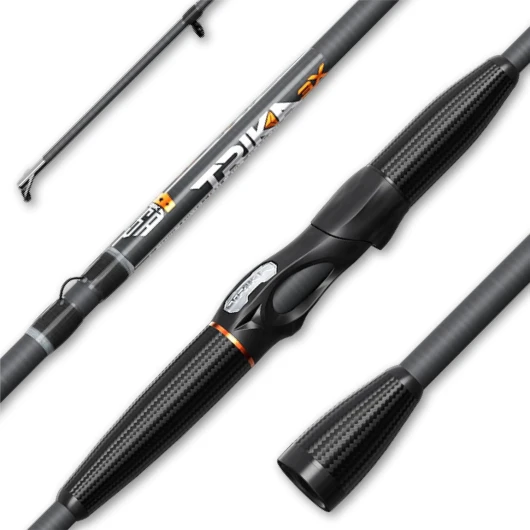
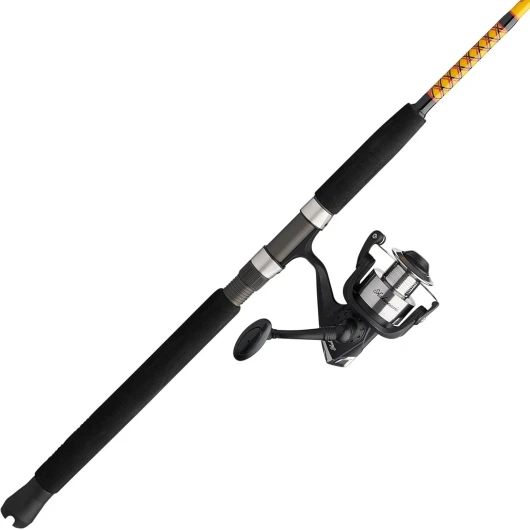
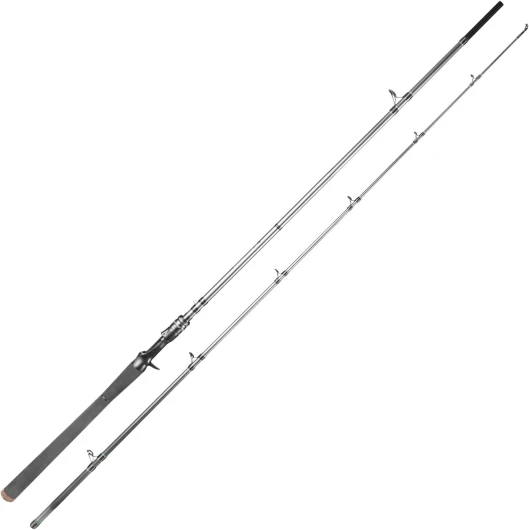
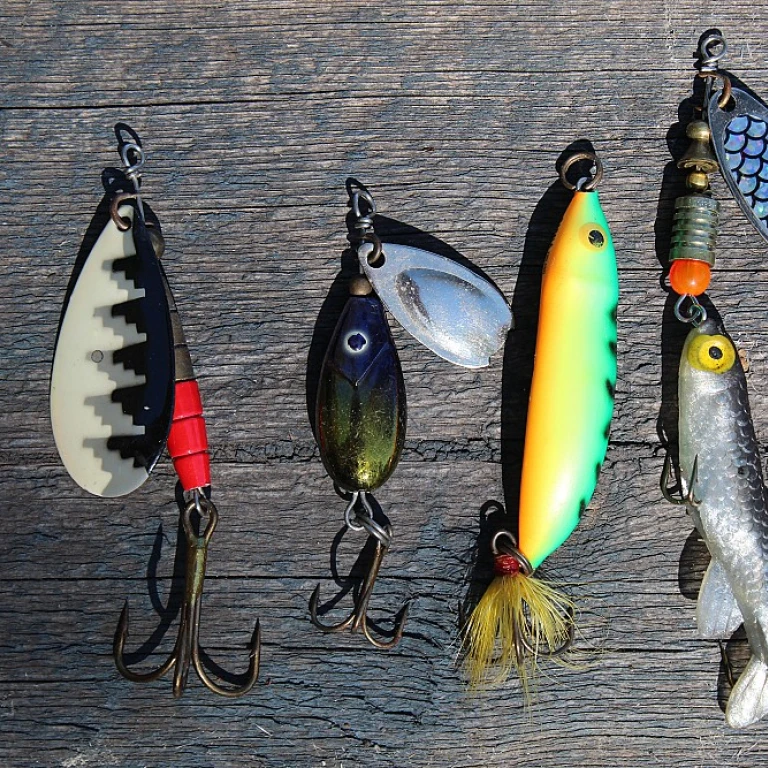
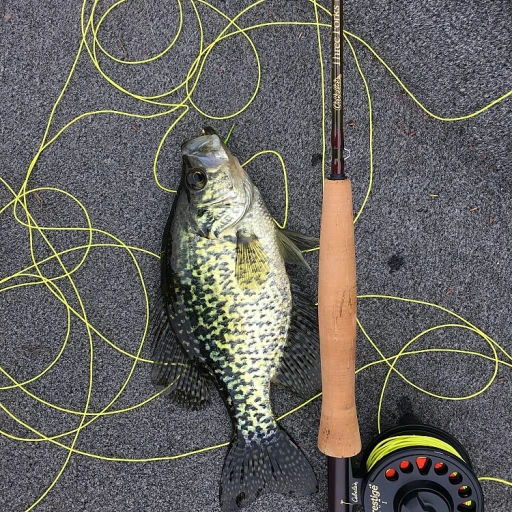
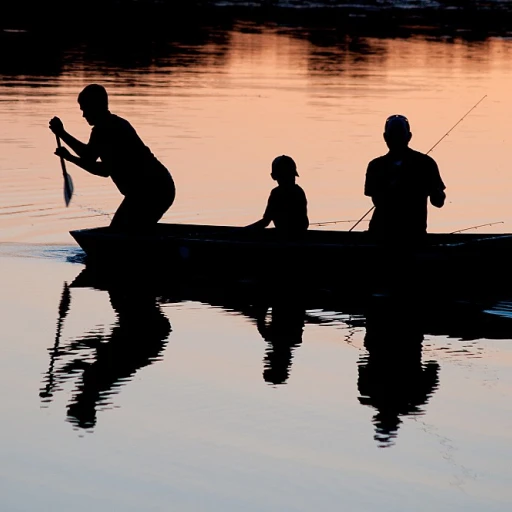
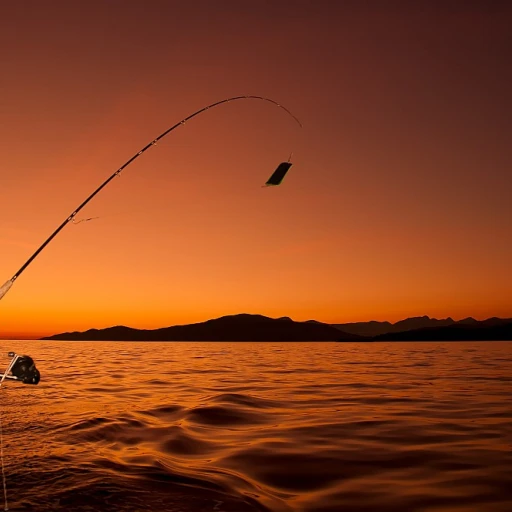
-large-teaser.webp)
-large-teaser.webp)
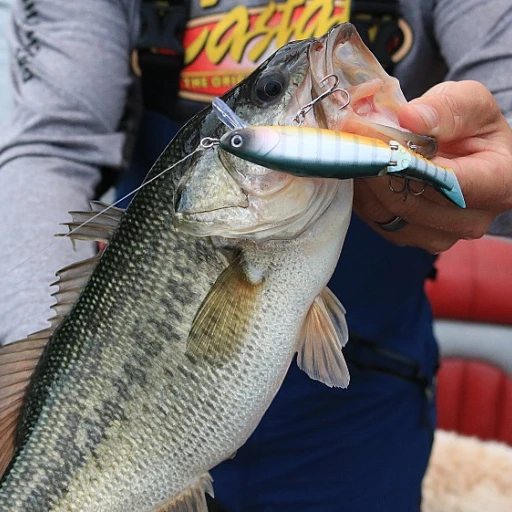


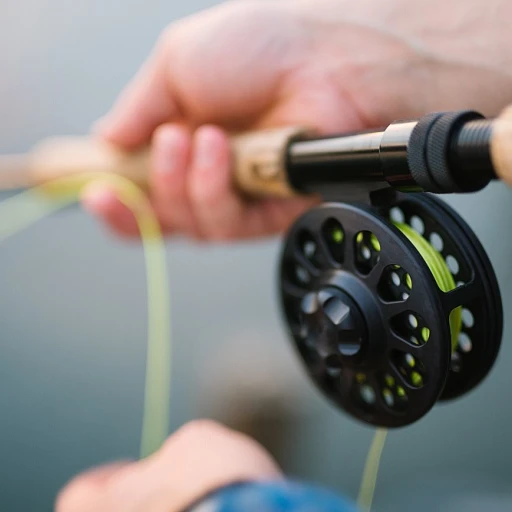
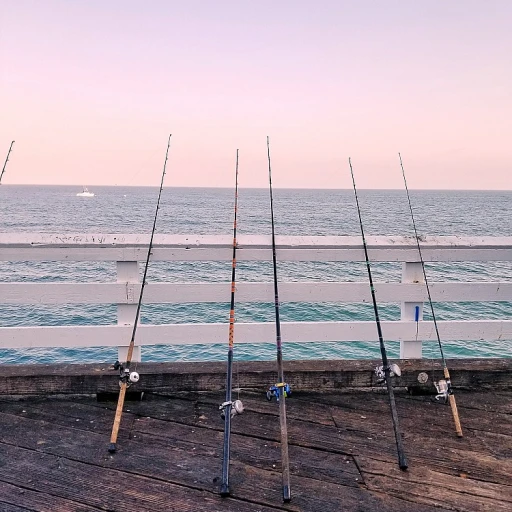

-large-teaser.webp)